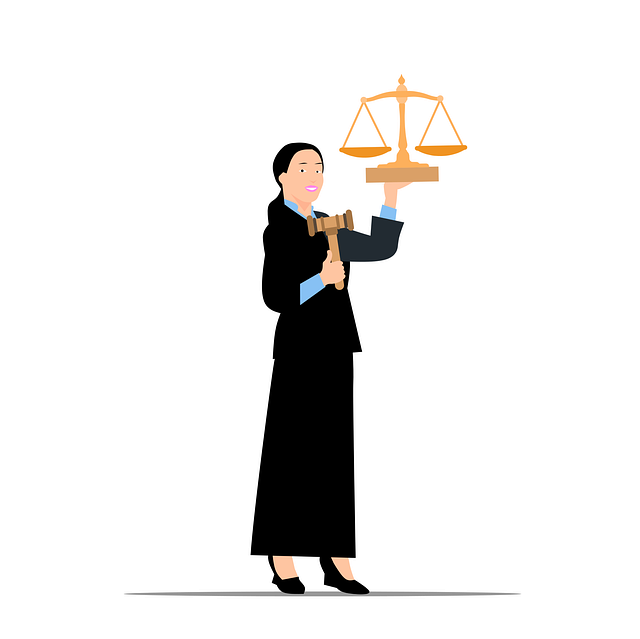Recognizing patterns in financial fraud is crucial for prevention. Lawyers use strategies like scrutinizing records and witness statements, advanced digital forensics, and cross-examination to contest credibility, exposing inconsistencies and biases that reveal fraudulent practices, especially in high-stakes cases involving influential individuals. These tactics are essential weapons in the battle against white-collar crime.
Fraudulent financial practices pose a significant threat to individuals, businesses, and the economy. This comprehensive guide explores critical strategies to combat such malfeasance. By recognizing patterns in financial fraud, effectively collecting and documenting evidence, and employing tactics to challenge witness testimony in trials, we can strengthen defenses and ensure justice. Understanding these methods is essential for professionals seeking to mitigate risks and protect against deceptive financial practices.
- Recognizing Patterns in Financial Fraud
- Evidence Collection and Documentation
- Strategies to Challenge Witness Testimony
Recognizing Patterns in Financial Fraud
Recognizing patterns in financial fraud is a crucial step in combating this illicit activity. By understanding common schemes, individuals and institutions can become more vigilant and proactive in prevention. One recurring strategy involves manipulating accounting records, such as falsifying expenses or inflating revenue, to mislead stakeholders and obscure financial irregularities. Another tactic, particularly in high-stakes cases, is the use of complex shell companies and offshore accounts to hide assets and avoid indictment.
In terms of witnessing credibility during trials, especially in avoiding indictment scenarios, strategies exist to contest fraudulent presentations. Legal professionals can scrutinize financial records for inconsistencies and anomalies, employing forensic accounting techniques to expose manipulated data. Furthermore, examining the motives and relationships of witnesses can reveal potential biases or conflicts of interest that may undermine their reliability. Achieving extraordinary results in these high-stakes cases often hinges on thoroughly investigating and presenting evidence that exposes fraudulent practices.
Evidence Collection and Documentation
In the intricate web of fraudulent financial practices, evidence collection and documentation play a pivotal role in shaping the outcome of legal proceedings. The process demands meticulous attention to detail, as even the slightest gap in proof can significantly impact the credibility of witness testimony. One effective strategy to contest witness credibility in trials, especially in white-collar defense cases, is to scrutinize the consistency and reliability of their statements. Lawyers can employ various techniques during jury trials to challenge witnesses’ accounts. This may include cross-examining them about prior inconsistent statements, discrepancies in written documentation, or potential biases that could influence their perception of events.
Additionally, the use of advanced digital forensics techniques allows investigators to uncover hidden evidence and analyze complex financial data. By examining digital footprints, experts can trace fraudulent transactions and reconstruct financial schemes, providing a robust foundation for a winning challenging defense verdict. Such strategies not only strengthen the defense’s case but also ensure that justice is served in cases involving sophisticated and insidious financial crimes.
Strategies to Challenge Witness Testimony
In any legal battle, particularly those involving fraudulent financial practices, challenging witness testimony is a crucial strategy in a white collar defense. To contest the credibility of witnesses, legal professionals must employ meticulous techniques. This involves thorough cross-examination, where lawyers question the reliability of the testimonies by examining inconsistencies, biases, or potential pressures on the witness. For instance, delving into their financial situations, political affiliations, or philanthropic ties could reveal motivations that may influence their statements.
Additionally, presenting contradictory evidence and documenting prior statements can undermine a witness’s trustworthiness. By comparing their current testimony with previous declarations, lawyers can highlight discrepancies, thereby weakening the case for the prosecution. This strategy is especially effective when targeting high-profile individuals who may face pressures from various sectors of the community, including political and philanthropic circles, to sway their testimonies for his clients’ benefit.
In the fight against financial fraud, understanding patterns, meticulously collecting evidence, and employing effective strategies to challenge witness testimony are indispensable tools. By recognizing recurring fraudulent schemes and implementing robust documentation practices, legal professionals can strengthen their cases. Moreover, mastering strategies to contest witness credibility ensures that trials remain fair and just, ultimately safeguarding the integrity of financial transactions. When it comes to navigating complex financial matters, these tactics prove to be pivotal in securing successful outcomes. Thus, armed with knowledge and the right tools, we can effectively challenge fraudulent practices and protect individuals and institutions alike.






